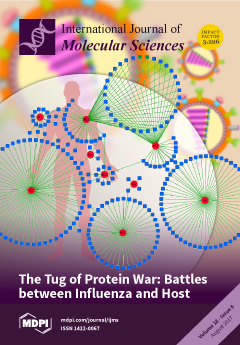The role of deficiency of oxoguanine glycosylase 1 (
Ogg1)
Mmh homolog, a repair enzyme of the 8-hydroxy-2’-deoxyguanosine (8-OHdG) residue in DNA, was investigated using the multiorgan carcinogenesis bioassay in mice. A total of 80 male and female six-week-old mice of C57BL/6J background carrying a mutant
Mmh allele of the
Mmh/Ogg1 gene (
Ogg1−/−) and wild type (Ogg1
+/+) mice were administered N-diethylnitrosamine (DEN), N-methyl-N-nitrosourea (MNU), N-butyl-N-(4-hydroxybutyl) nitrosamine (BBN), N-bis (2-hydroxypropyl) nitrosamine (DHPN) and 1,2-dimethylhydrazine dihydrochloride (DMH) (DMBDD) to induce carcinogenesis in multiple organs, and observed up to 34 weeks. Significant increase of lung adenocarcinomas incidence was observed in DMBDD-treated
Ogg1−/− male mice, but not in DMBDD-administered
Ogg1+/+ animals. Furthermore, incidences of lung adenomas were significantly elevated in both
Ogg1−/− males and females as compared with respective
Ogg1−/− control and DMBDD-treated
Ogg1+/+ groups. Incidence of total liver tumors (hepatocellular adenomas, hemangiomas and hemangiosarcomas) was significantly higher in the DMBDD-administered
Ogg1−/− males and females. In addition, in DMBDD-treated male
Ogg1−/− mice, incidences of colon adenomas and total colon tumors showed a trend and a significant increase, respectively, along with significant rise in incidence of simple hyperplasia of the urinary bladder, and a trend to increase for renal tubules hyperplasia in the kidney. Furthermore, incidence of squamous cell hyperplasia in the forestomach of DMBDD-treated
Ogg1−/− male mice was significantly higher than that of
Ogg1+/+ males. Incidence of small intestine adenomas in DMBDD
Ogg1−/− groups showed a trend for increase, as compared to the wild type mice. The current results demonstrated increased susceptibility of
Ogg1 mutant mice to the multiorgan carcinogenesis induced by DMBDD. The present bioassay could become a useful tool to examine the influence of various targets on mouse carcinogenesis.
Full article






